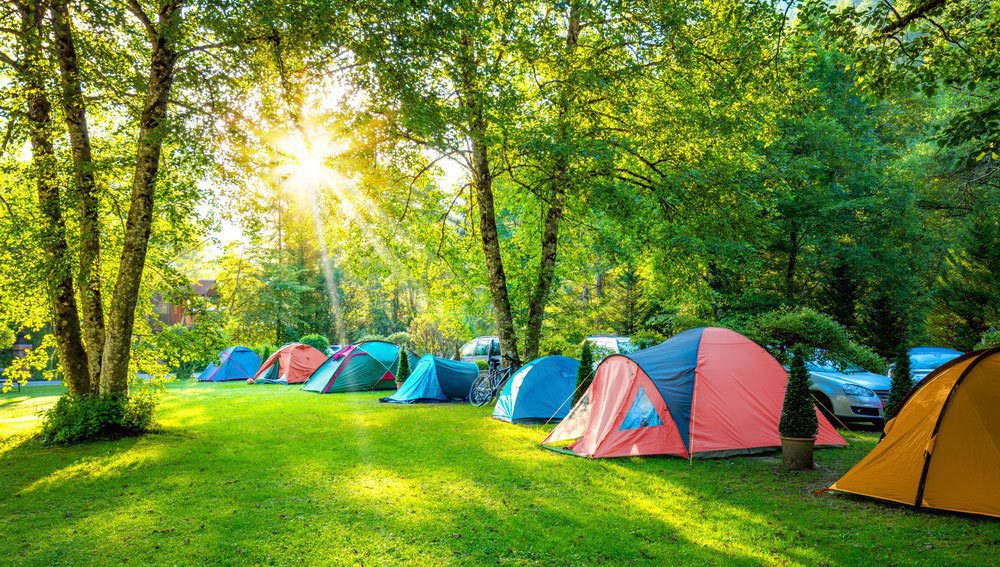Gather your family, toss your camping supplies in the trunk, and go out to explore the area at your own pace. Find the right tent for your outdoor adventure, from fishing trips to music festivals and everything in between. It can make a huge difference.
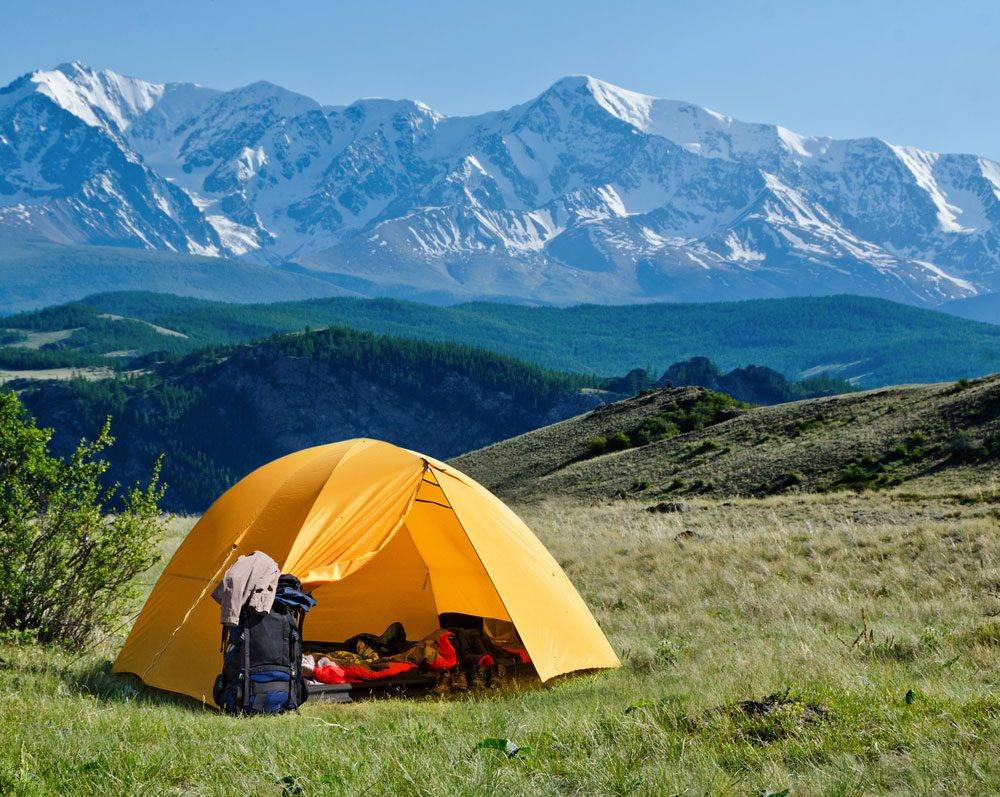 There are many things to think about before you decide on the perfect tent.
There are many things to think about before you decide on the perfect tent.
Weight and Pack Size:
Your tent won’t always be set up right next to your car. Keeping this in mind, it’s important to think about how heavy and big your tent is when it’s folded up. Heavy-duty tents are more durable, but they can be hard to carry over long distances because they are so big.
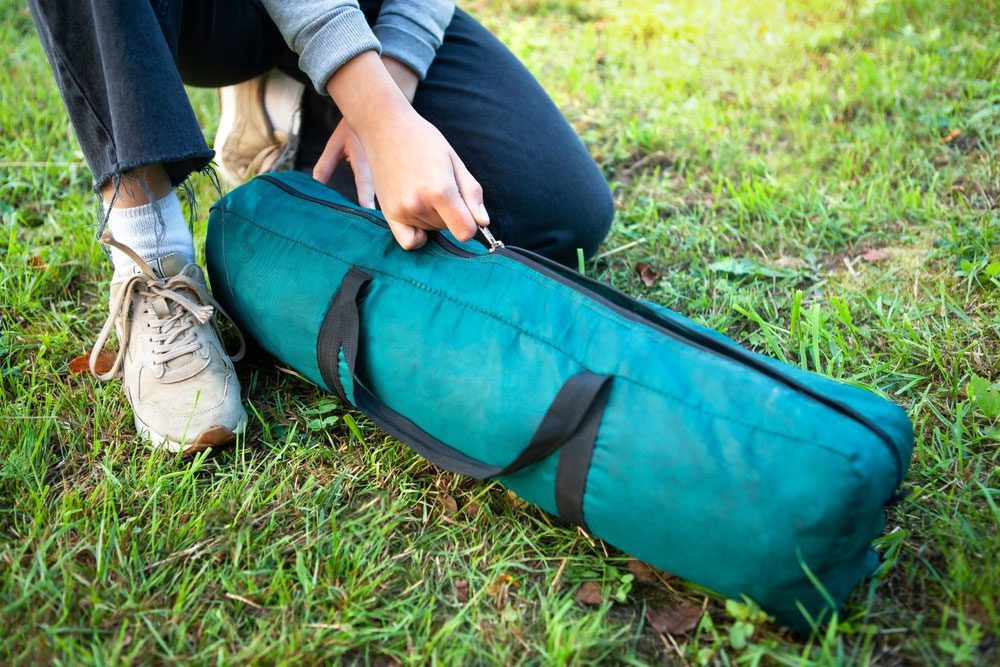 If you plan to hike for a long time before stopping for the night, an ultralight tent is a good choice. However, while they are made of tough materials, cheaper versions can be noticeably flimsier and offer less protection.
If you plan to hike for a long time before stopping for the night, an ultralight tent is a good choice. However, while they are made of tough materials, cheaper versions can be noticeably flimsier and offer less protection.
Find out how much a tent needs to weigh to be able to be carried. This is how much the body of the tent, the rainfly, and the poles will weigh together. You should also think about whether the packed weight is noticeably heavier, which is often the case when you add the stakes, groundsheets, and any other accessories.
Tip: Don’t forget to think about how big your tent is when it’s packed up. Not only does it have to fit in your car, but it also has to be small enough for you to carry it on your shoulders or attach it to your backpack.
Capacity and Tent Height:
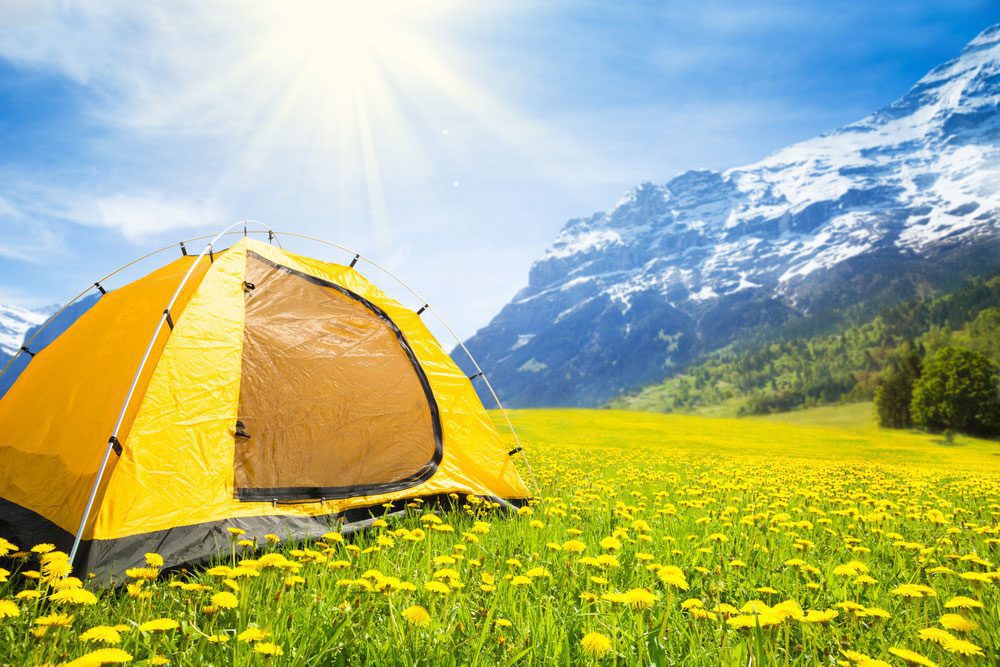 How big a tent you need will depend on how many people will be staying with you. Even if you plan to camp by yourself, it can be nice to have extra space in case you need it.
How big a tent you need will depend on how many people will be staying with you. Even if you plan to camp by yourself, it can be nice to have extra space in case you need it.
You can calculate the total amount of floor space you’ll need by multiplying the average width of a sleeping bag—roughly 24 inches—by the number of potential campers in your party.
Also, think about how comfortable it will be when you stand up. Most 2- or 3-person tents have a limited amount of headroom and a peak around 49 inches.
If you want to feel entirely at ease standing at full height, seek something comparable to a dome tent, some of which can stand up to 80 inches tall. This could be fine for kids, shorter people, or one-night visits.
Tip: You might also want to think about getting an air mattress for camping to put in your tent.
Ease of Setup:
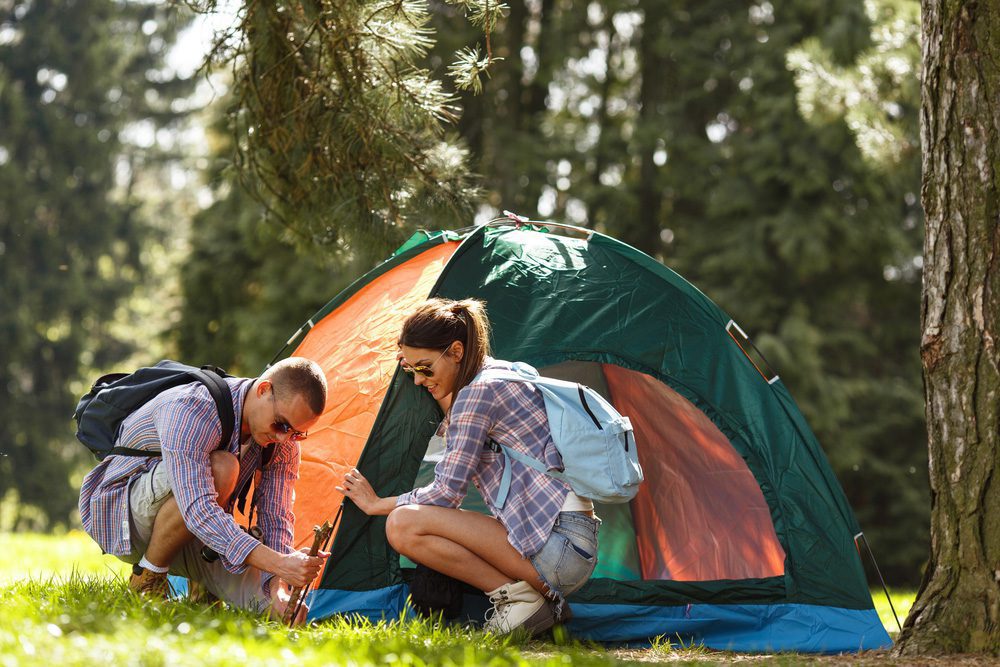
Most of us struggle with tent setup from time to time, unless we are experienced campers. Pop-up tents are easy to set up and only take a few minutes, but if you want a more complex one, you should be ready to spend some time getting to know it.
Setup could be harder the bigger your tent is. Some brands make it a little bit easier by giving you color-coded poles and clear instructions, but you still have to think about the natural environment, the weather, and other possible problems.
Weather Resistance:
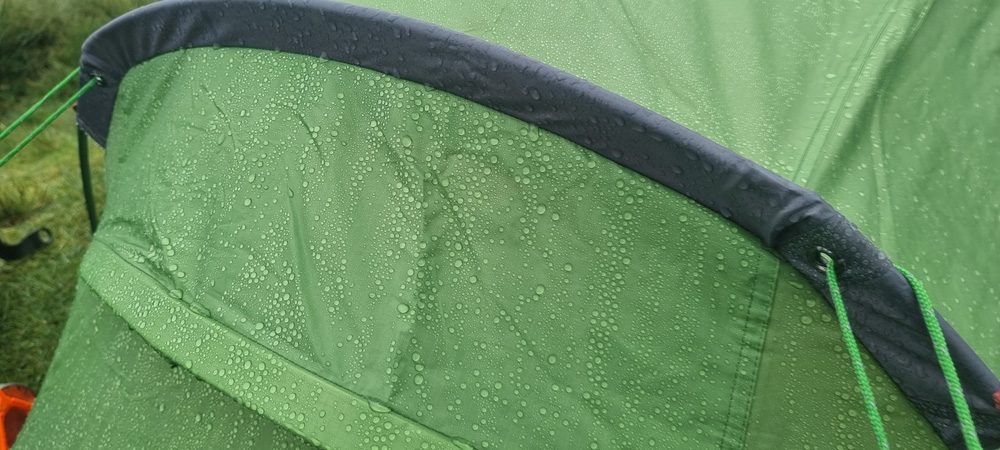
When you camp outside, you are open to the weather. There are useful season ratings that can help you choose the right tent for your camping spot so that rain or strong winds don’t ruin your trip.
1-Season Tents: These tents are thin and simple, and they are only meant to be used in the summer. They should be able to handle the occasional light rain, but you should check the weather forecast before setting one up.
2-Season Tents: These are also very simple, and even if they have a rainfly, they won’t be able to handle too much rain. Most tent makers group tents for one and two seasons together.
3-Season Tents: These are the most popular and versatile tents on the market. They are made to withstand rain and still let in a lot of air when it’s hot. Some of these might even be able to stand up to a little bit of snow.
4-Season Tents: These aren’t meant to be used all year long, but they are often made with two layers and a lot of waterproofing, so they can be used in harsh winter weather. The bad thing about these kinds of tents is that they can get very hot in the summer, so you can’t really use them all year.
Doors and Ventilation:
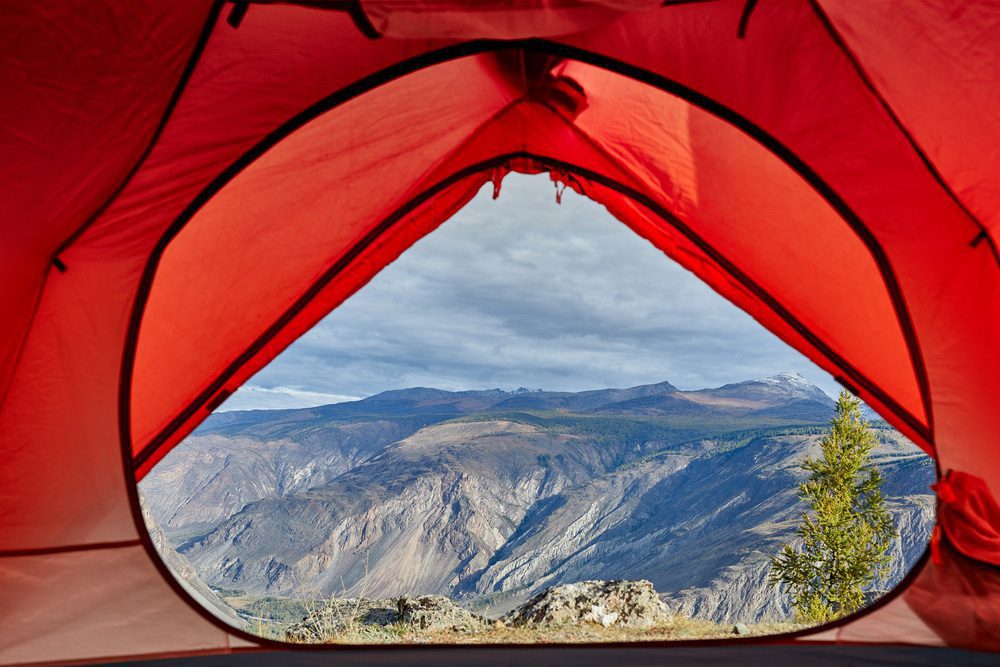
Even though it seems obvious, you need to think about how you will get in and out of the tent. Smaller tents for two people may only have one door, while larger tents may have doors on both the front and back. Those with more than one door often have extra vestibules and semi-enclosed spaces for extra storage.
A tent with mesh vents in the top or lower sections of the walls is something you really want to think about purchasing. These are important to make sure the air flows well, which lets the fresh air in.
They will also stop condensation from building up, which can make your bedding and other items feel damp and uncomfortable.
Durability and Quality:
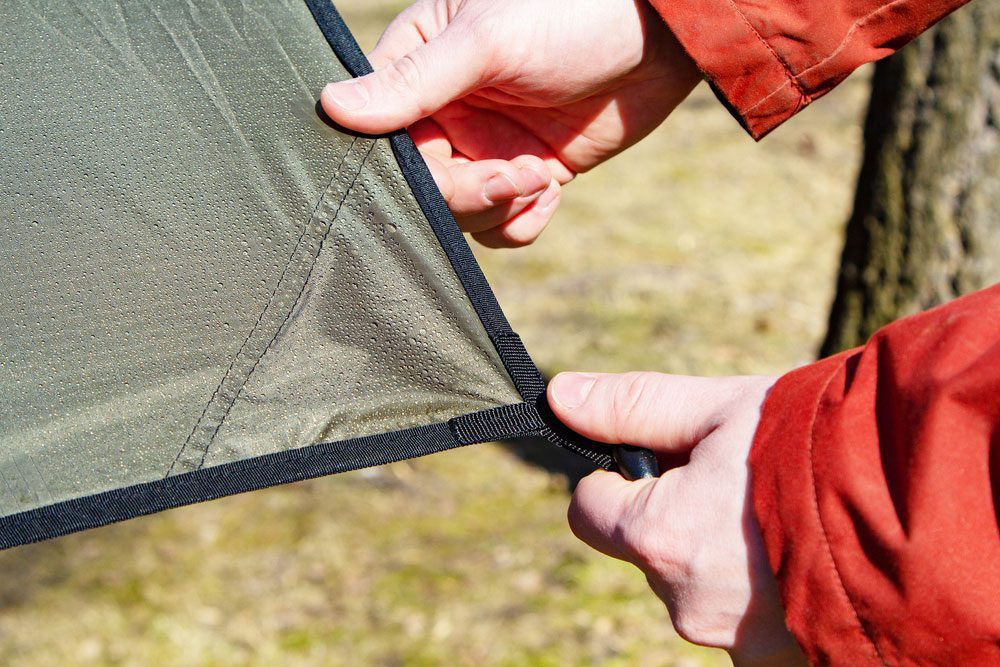 Since every tent is open to the elements, it has to be made to stand up to them. If you want a tent to last for more than one trip, you should think about the quality of the materials used to make it and how it is put together as a whole.
Since every tent is open to the elements, it has to be made to stand up to them. If you want a tent to last for more than one trip, you should think about the quality of the materials used to make it and how it is put together as a whole.
Bottom Line: Usually, you get what you pay for when you buy a tent. Any tent, no matter how big or small, will last longer if it has strong poles, well-made materials, sealed seams, a thick fly, and a good amount of water resistance.


